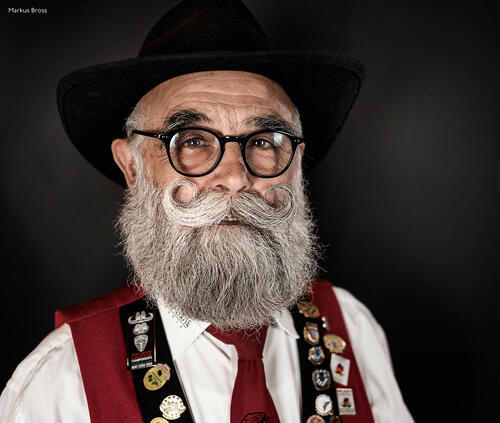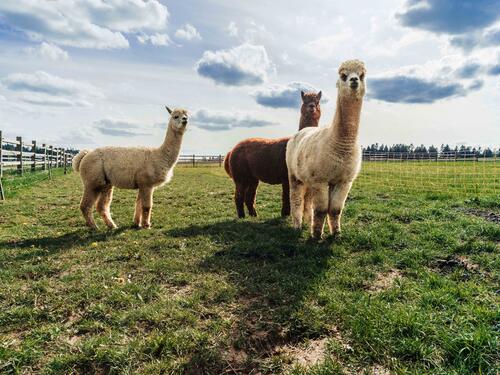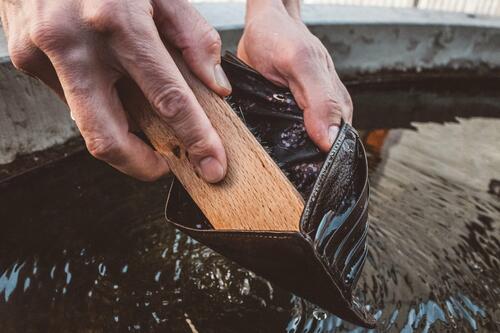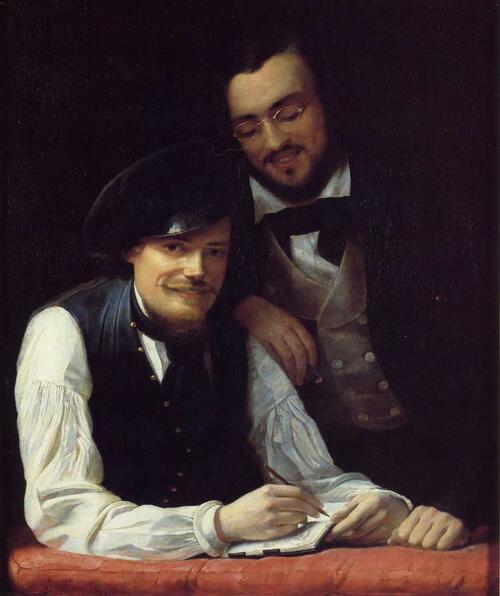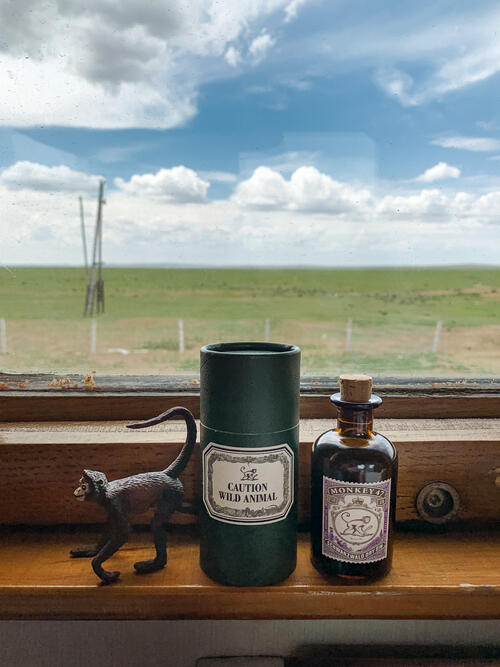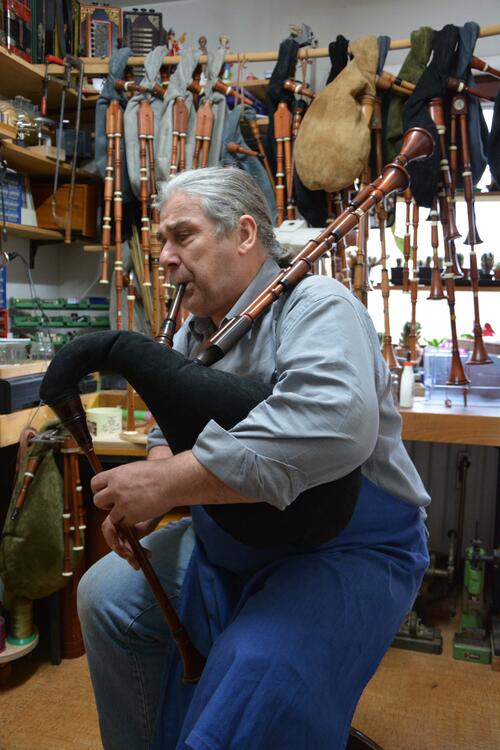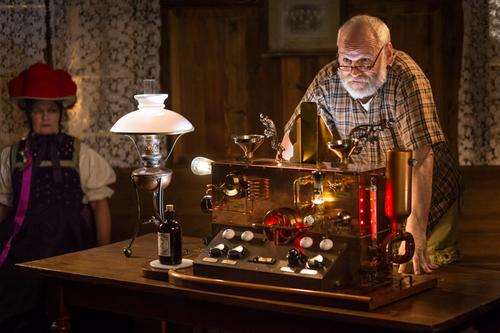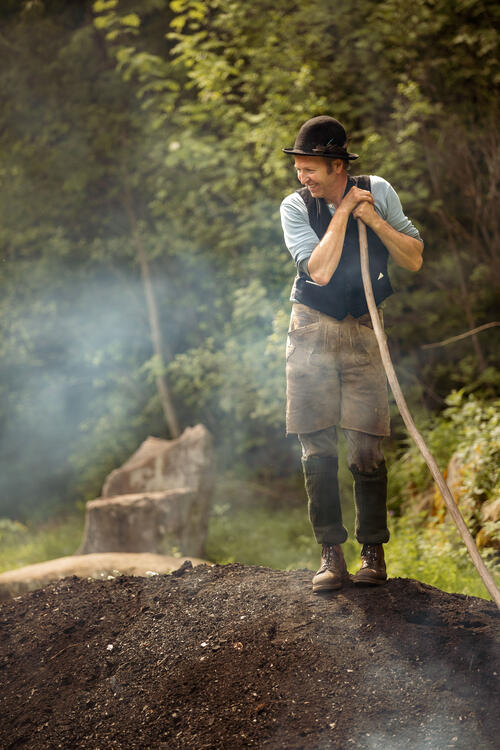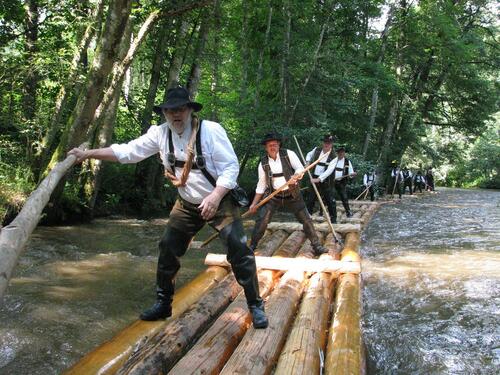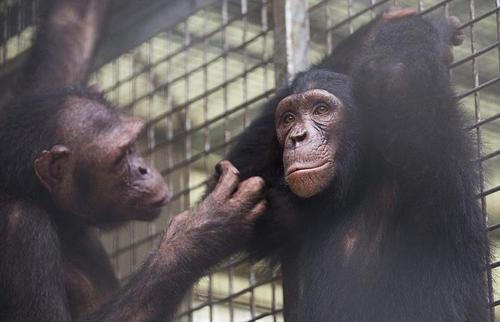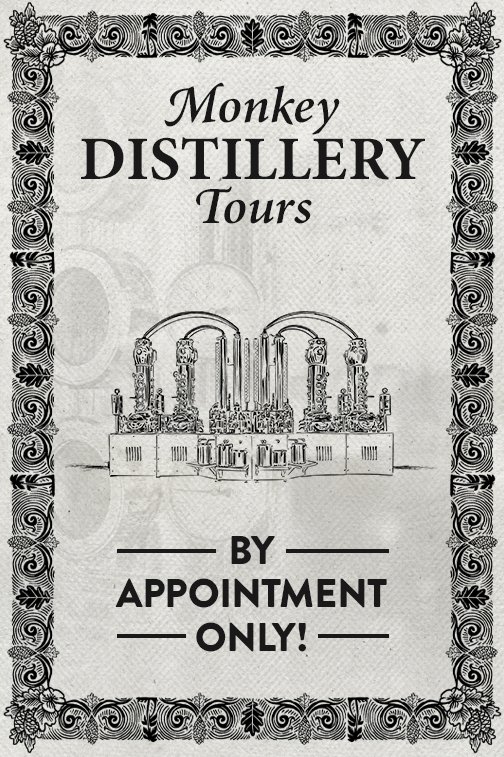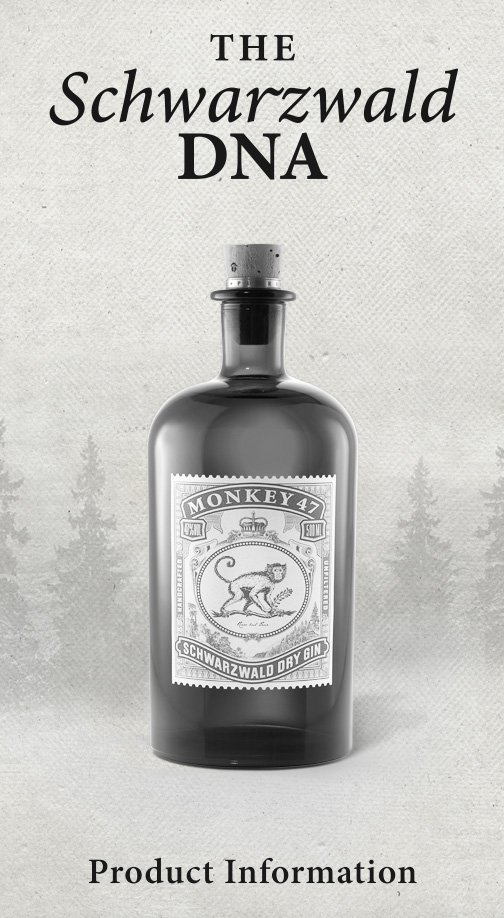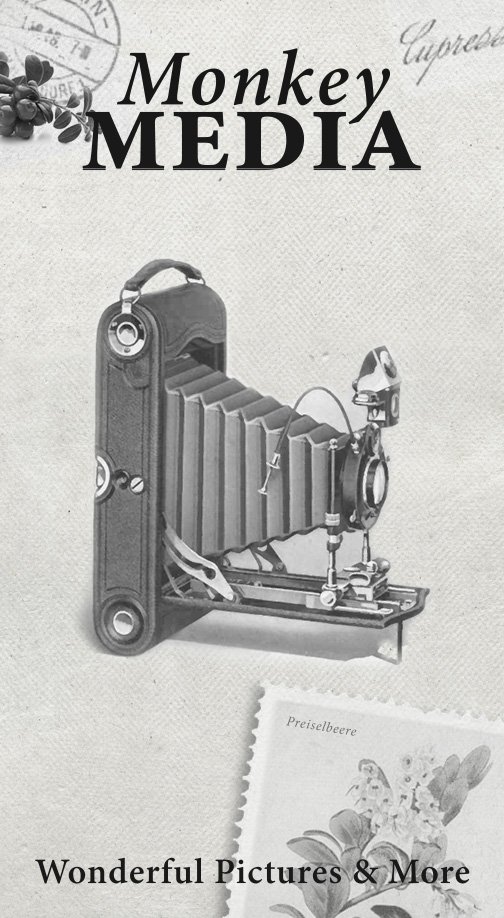Axel Hoedt
Narri Narro to a Black Forest artist!

Born in Staufen, Axel Hoedt is a true Black Forest original. After studying photographic design in Bielefeld, he has been living and working in London since 1999. The forty-eight-year-old artist has always been interested in Black Forest carnival customs, and his series of portraits, collected in the volume “Einmal im Jahr” (“Once a Year”) and published by the Steidl Verlag, take an in-depth look at the centuries-old tradition and document the expressiveness of the various fools’ customs and guilds. Hoedt has received many accolades, including the Gold Medal at the Lead Awards in 2010 and the Otto Steinert Award in 2011. He has done portraits of celebrities such as Dennis Hopper, Sebastian Vettel, Miley Cyrus, Daniel Libeskind, Sinead O’Connor and many other well-known figures www.axelhoedt.com.
When the monkeys first came across Hoedt’s unique work, we were immediately impressed! And so, over the course of this special time of year, we’d like to offer you a sample. For those who are unfamiliar with these customs, the following attempts to do justice to the all of various traditions. But please forgive us if we fail to mention one particular custom or another. On that note, “Narri Narro” and “Cheers!”
In many places, the fools first appear without their masks at lantern parades on St. Martin’s Day, which falls on November 11th. This is also the day when many guilds hold their general meeting, known as the Martin’s Day meeting. The number eleven has been considered a foolish and unholy number since the Middle Ages, as it is one more than the number of the Ten Commandments and one less than the number of the twelve apostles.
The next important date for Carnival fanatics is January 6th, or Three Kings’ Day. At 12 pm, some communities mark the end of the Twelve Holy Nights and ring in the Carnival period. According to other customs, this day calls for dusting off costumes (called Larve or Haes) and masks.
Between Three Kings’ Day and the Thursday before Shrove Tuesday, the fools are hard at work sewing their costumes and carving their masks, while only few local events such as fools’ gatherings take place. The dates of Carnival are set according to Easter, which always falls on the first Sunday after the first full moon of spring. As Lent has 40 days, Carnival weekend is seven weeks before Easter.
In many fools’ strongholds, Holy Thursday, or “Schmotzigen Dunschtig” as it’s called in the Alemannic dialect, marks the start of the high season for foolish antics. “Schmotzig” is not to be confused with the German word “schmutzig” or dirty, but rather refers to the “Schmalz” or fat in which traditional cakes made on this day are baked. Of course, delicious baked goods are not all that this Thursday has to offer: students are released from schools and kindergartens, city hall is stormed, the mayor is removed from office, and the key to the city is handed over to the fools to signify that they are in now charge. In Hegau and other areas around Lake Constance, it is customary to raise a Fools’ Tree – a tall pine decorated with ribbons and stripped of bark and branches save for the crown – to symbolize that the fools have taken office.
On the evening of Holy Thursday, it’s the “Hemdglonkers” turn to take to the streets with their lanterns and noisemakers. You’ll recognize these figures by their white night shirts, sleeping caps and pointed hats. Exhausted by all the activities on Thursday, most fools take Friday off.
The “fools‘ jumps” or Carnival parades held by local fools‘ guilds typically take place between Carnival Saturday and Shrove Tuesday, with Shrove Monday and Tuesday being the main days of celebration in many places. During the parades, the fools are accompanied by all manner of marching bands, such as brass bands, shawm bands and Swiss-inspired Guggenmusik bands. Cities with a long Carnival tradition have developed their own unique fools’ jumps. While the classic fool’s call is “Narri-Narro” (the fool calls “Narri,” the crowd answers “Narro”), in Rottweil you’ll hear shouts of “Hu-Hu-Hu,” in Bad Waldsee “Aha” and in Aulendorf “Ha, ha, ha, jo was saischt au,” which roughly translates to “Ha, ha, ha, what do you say?”
In order to receive sought-after sweets to enjoy before the start of Lent, a saying is required. These, too, differ from place to place. The most well-known examples are: “Hungry, hungry, hungry is the cat, and if the cat's not hungry, it won’t catch any mice” and “Bristly, bristly, bristly is the sow, and if the sow’s not bristly, there won’t be any liverwurst.” But many communities have developed their own versions. For example in Herbertingen, school children go door to door asking for “Fasnetsgeld,” or a bit of money for Carnival, with the following verse, “If a bird flies over the street, then give me a Carnival treat, but if it’s not enough, I’ll tell the king and call your bluff.”
One custom that is becoming less and less common is the custom of reprimanding, referred to as Schnurren, Strählen, Hecheln, Aufsagen or Welschen, depending on the locality. The fool stops an unmasked citizen on the street or in a tavern. No matter who he stops, the fool’s costume allows him to give his honest opinion of the person (though perhaps in a disguised voice). In Rottweil, this tradition is guided by the motto “Bring no one sorrow – bring everyone joy.”
In many places, Shrove Tuesday ends at midnight with a “Kehraus,” or sweeping out, in which a straw doll or witch is burned or buried with much weeping and wailing to symbolize the end of Carnival. Ash Wednesday then marks the beginning of Lent with its strict rules and prohibitions – a particularly solemn time of year for believers. To stretch out the Carnival period just a little bit longer, the fools in Schwenningen, for example, meet to wash their wallets in the hope that they will soon fill up again. Many people also gather for an Ash Wednesday meal of cheese spaetzle, snails, fish, or sour tripe before the 40 days of self-denial begin.





